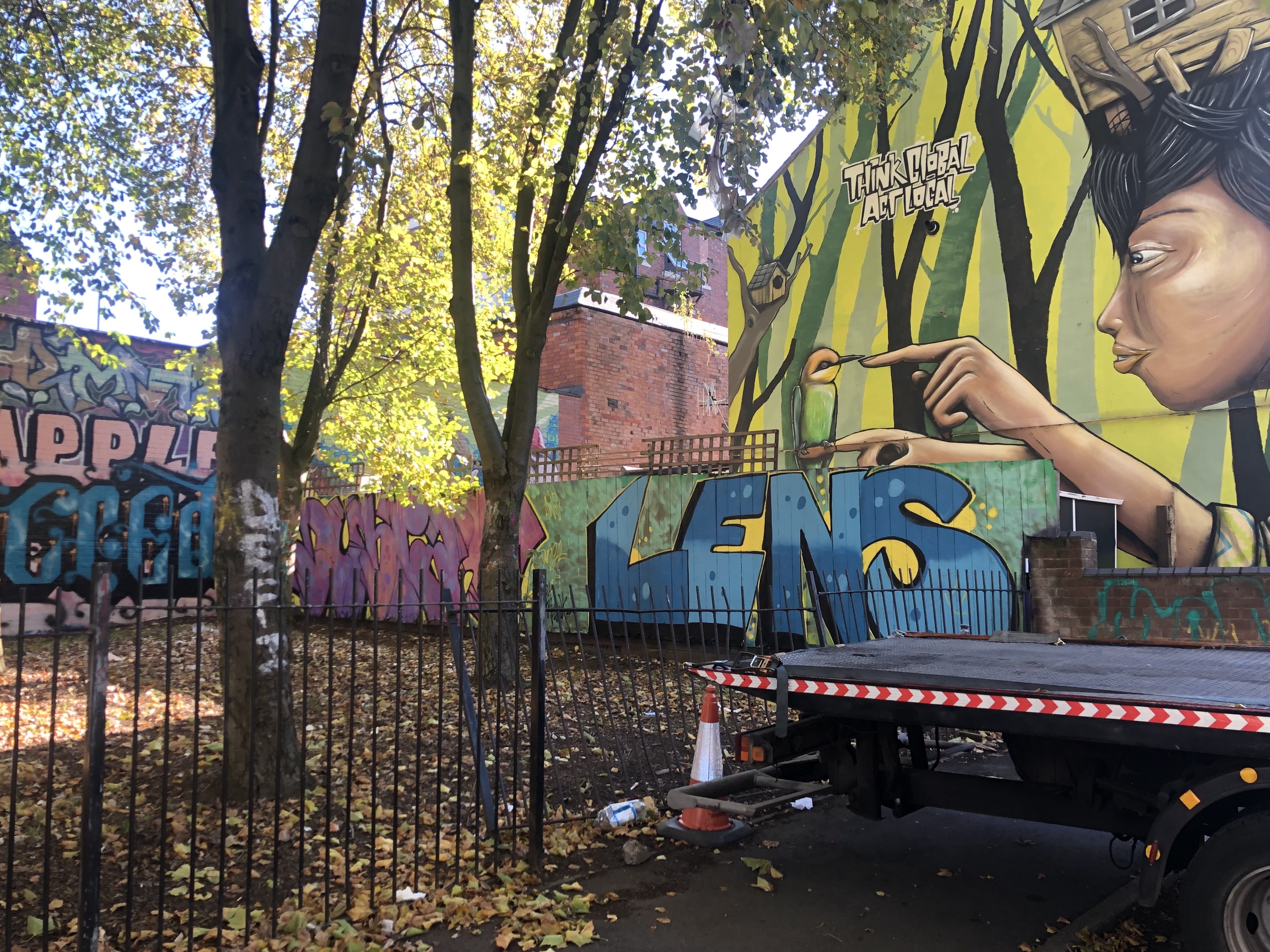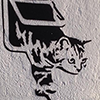-
Posts
6,653 -
Joined
Posts posted by stokerg
-
-
Hi rcorbari,
Can you try setting the Rasterise option to Nothing and then exporting the SVG again. If that is still failing after that, please attach the .afdesign file and also the SVG for the other logo created back in March and we can look into this further
-
Hi Ckent and Welcome to the Forms,
I take it this is the Smart Selection Brush Tool? Make sure you have the Mode set to Add and not Subtract when you've got the tool selected, it should then work as normal
-
-
Hi RickyO,
If it's a general question on the App then post in this section of the Forums (Questions) and just mention the operating system you are using and if it's Designer or Photo. If it's a bug or possible bug, then post in the bug section for that operating system.
No matter where you post, if it happens to be in the wrong place, we can move it. So please don't worry too much about it, as with a few clicks of the mouse we get things into the 'correct' place

-
You beat me to it @MEB I was on question 7 when you posted

@warg For question number 8, I know the Dev team would always like to improve the tools within the app and if you have any suggestions then please make use of the Feature Requests section of the Forums. Personally i don't use the Fill method for inpainting but use the inpainting brush and have to say i prefer the results from Affinity. A good example of how the Dev team improve things, would be our Shadows and Highlights adjustment, in the early stages it just didn't seem right and we had a number of people raise this here on the Forums and the whole adjustment was taken out a reworked from scratch. So if you have any suggestions, please do post them

-
-
Hi EmanueleM,
When you've got a RAW open in Develop click on the Develop Assistant icon along the top toolbar. What's the current RAW Engine set to and is Apply Tone Curve enabled? If it's set to Serif Labs, try it on Apple Core Image RAW as that should be the same RAW engine that Apple Preview is using and i suspect will give a closer result. Once you've changed the settings in Develop Assistant, you'll need to close the RAW file and reopen it to see any changes.
-
You'd be surprised how different the RAW files change between models of cameras from the same manufacturer. Which is why it makes supporting the RAW files from newer cameras a bit of a pain.
-
Hi Affinity iPad Student,
What's your Dynamics settings on the brush look like? I'd suggest try altering the scatter X and Y and setting them to use say Pressure as a controller and i suspect that would help get the same effect.
-
Hi thisldo,
Unless i'm mistaken theres no way to add the shape to the Fly Out. Storing it in the Assets section would be the way to go

-
Hi _shir and Welcome to the Forums,
Each operating system does need it's own licence, which can't be transferred. So if you brought a copy of Affinity for Windows, you'd have to repurchase it when you got your Mac via the Mac App Store.
-
Hi BethP and Welcome to the Forums,
So it's just the bottom toolbar thats missing? Very odd, i'm not aware of a way to disable that and if there is a way i'm sure someone will correct me. Having gone over the settings and disabled most things, i've still got toolbar. One quick way of getting it back, would be to uninstall and reinstall the app (making sure you've exported or saved any work from the Home screens of Affinity before you uninstall). However that doesn't help with the mystery of where it's gone.
Could you open an image and select an adjustment and take a screenshot of Affinity. That may hold as clue as to what's happened.
-
Hi Andywestwood and Welcome to the Forums,
The Fuji X-H1 isn't on the list of support RAW files here so that would explain why Affinity can't open them. Hopefully that RAW listed is updated shortly by Apple to support the camera.
-
Hi EricB32 and welcome to the Forums,
We would normally see this if you've installed both Designer and Photo into the same folder. I'd suggest uninstalling both and reinstalling them into their own individual folders
-
Hi muhhblah and Welcome to the Forums,
The RAW file from the Panasonic Lumix G9 isn't on the supported RAW list from Apple, so until it's added you won't be able work with those RAW files unless you convert them to DNG. The other apps that can open it will be using a different RAW engine to the one we use or they are just loading the embedded JPG and not the actual RAW file.
-
-
Hi logineimer and Welcome to the Forums,
Just been playing with one of the new iPads this morning, you can notice a slight difference with the screen and i mean a very slight difference. I can only really suggest popping into an Apple store so you can take a look for yourself.
As for P3 being essential for ProPhoto work, hopefully someone else can answer that question

-
Hi Janadele and Welcome to the Forums,
To get any of the PagePlus work into Affinity, you'd have to publish the work from PagePlus as a PDF. You'd then be able to open the PDF in Affinity Designer or Photo.
-
Hi hpru37 und Willkommen in den Foren,
Ich würde vorschlagen, Textstile in der Hilfedatei nachzuschlagen. Das umfasst die Erstellung und Speicherung für zukünftige Verwendung

-
Thanks for the screenshot.
That looks like the toolbar for Affinity Designer, the Inpainting Brush is only in Affinity Photo.
-
1 minute ago, Alfred said:
When you start selling the Mac version in the Affinity Store it would clearly be possible to identify whether a customer has bought the other version
Very true but we haven't started selling the Mac version yet and my crystal ball is a bit foggy at the moment, so we will have to wait and see what happens

-
Hi Err0r,
Each Operating System has its own licence for Affinity, which is not transferable. Also Apple don't share personal customer information with us, so we have no record of you personally buying it. As it stands, the licence isn't transferable between different operating systems and there isn't anything we can do about that, sorry.
-
Hi Dennis and Welcome to the Forums,
If you purchased direct from us, login here on your laptop and you'll be able to redownload the file.
If you brought it via the Microsoft Store and your laptop is running Windows 10, just sign into the MS Store and you'll be able redownload from the Purchases section.
If it's the Mac version and PC and laptop are both Macs, then you'll be able to redownload Affinity from the Mac App Store if you sign into the App Store on the laptop using the Apple ID you brought Affinity with.
-
Hi Err0r and Welcome to the Forums,
You'd have to buy a Windows licence, each operating system (IOS, MacOS and Windows) all have their own licence and are a separate purchase




Exporting SVG from Designer makes a font/svg file instead of image/svg+xml
in Pre-V2 Archive of Desktop Questions (macOS and Windows)
Posted
Thanks for the files.
I've exported your .afdesign out using the SVG For Web option and uploaded the file to my install of WordPress and it's being identified correctly (screenshot attached). I've also uploaded the SVG file from your 1st post and again, it's being identified correctly by my WordPress (screenshot attached).
I've attached my exported SVG file to this post as well, so you can test it.
It's starting to look like it could be an issue with your WordPress setup
LovelyApart 2018 Export for Web Preset.svg